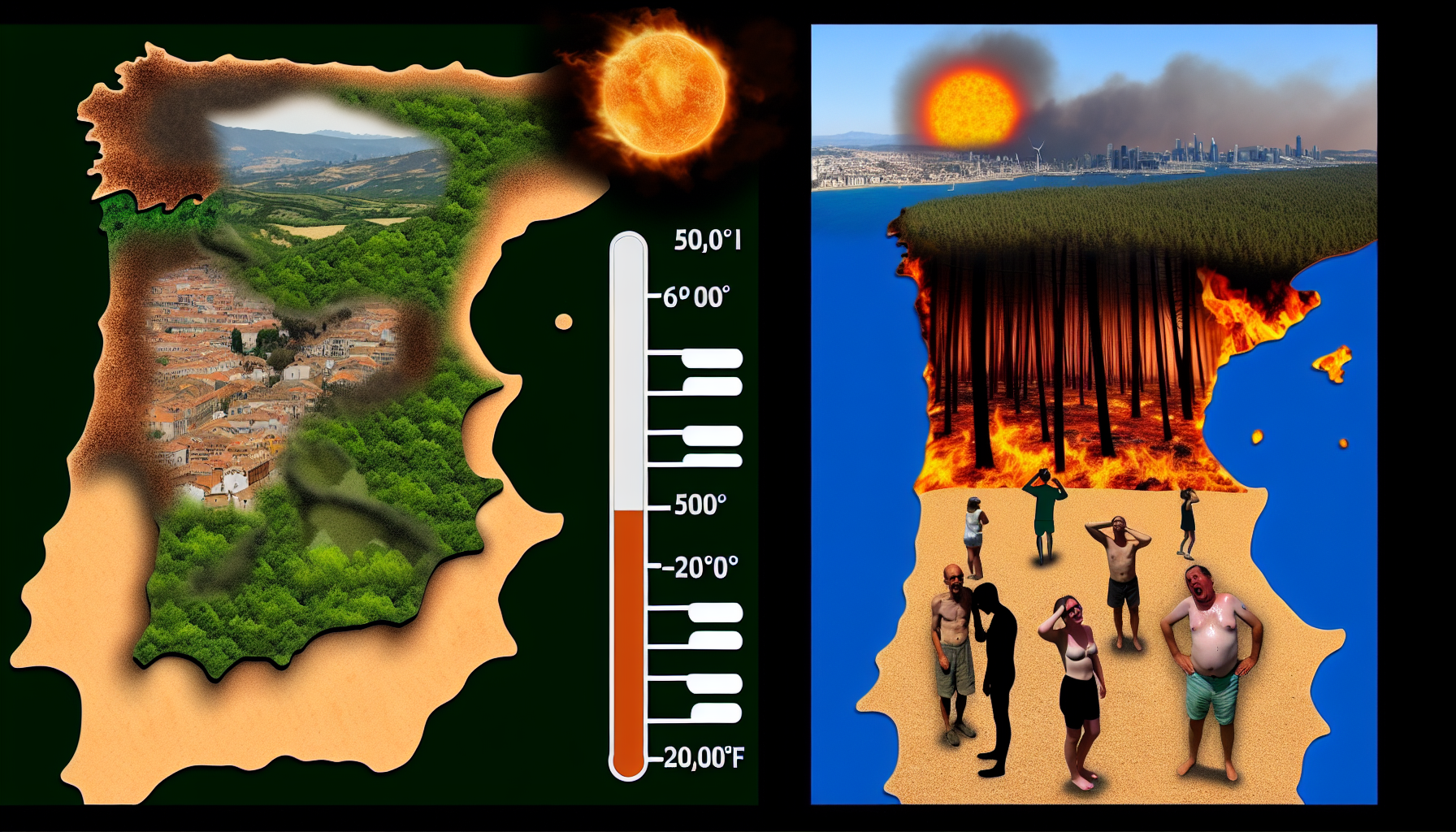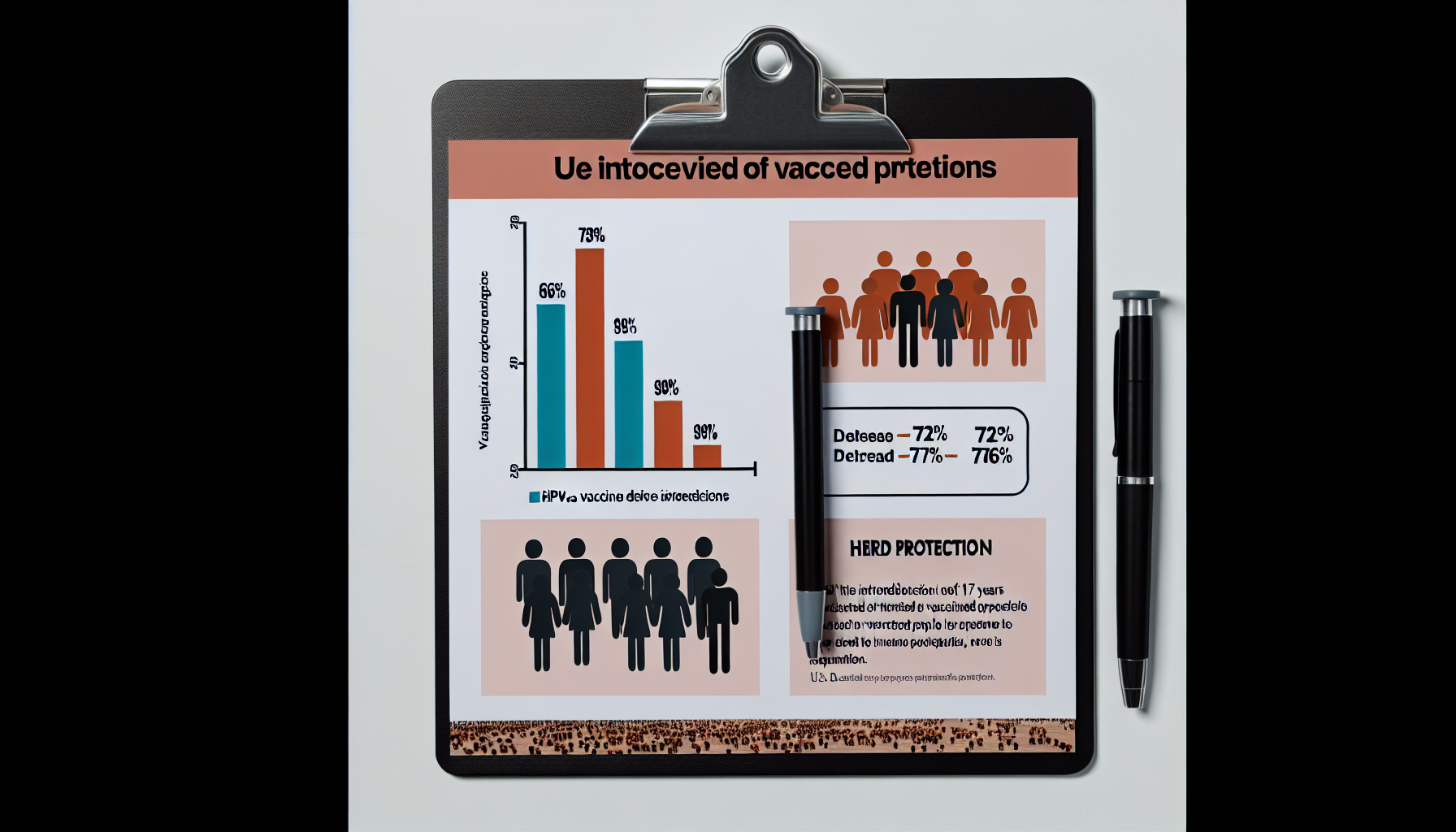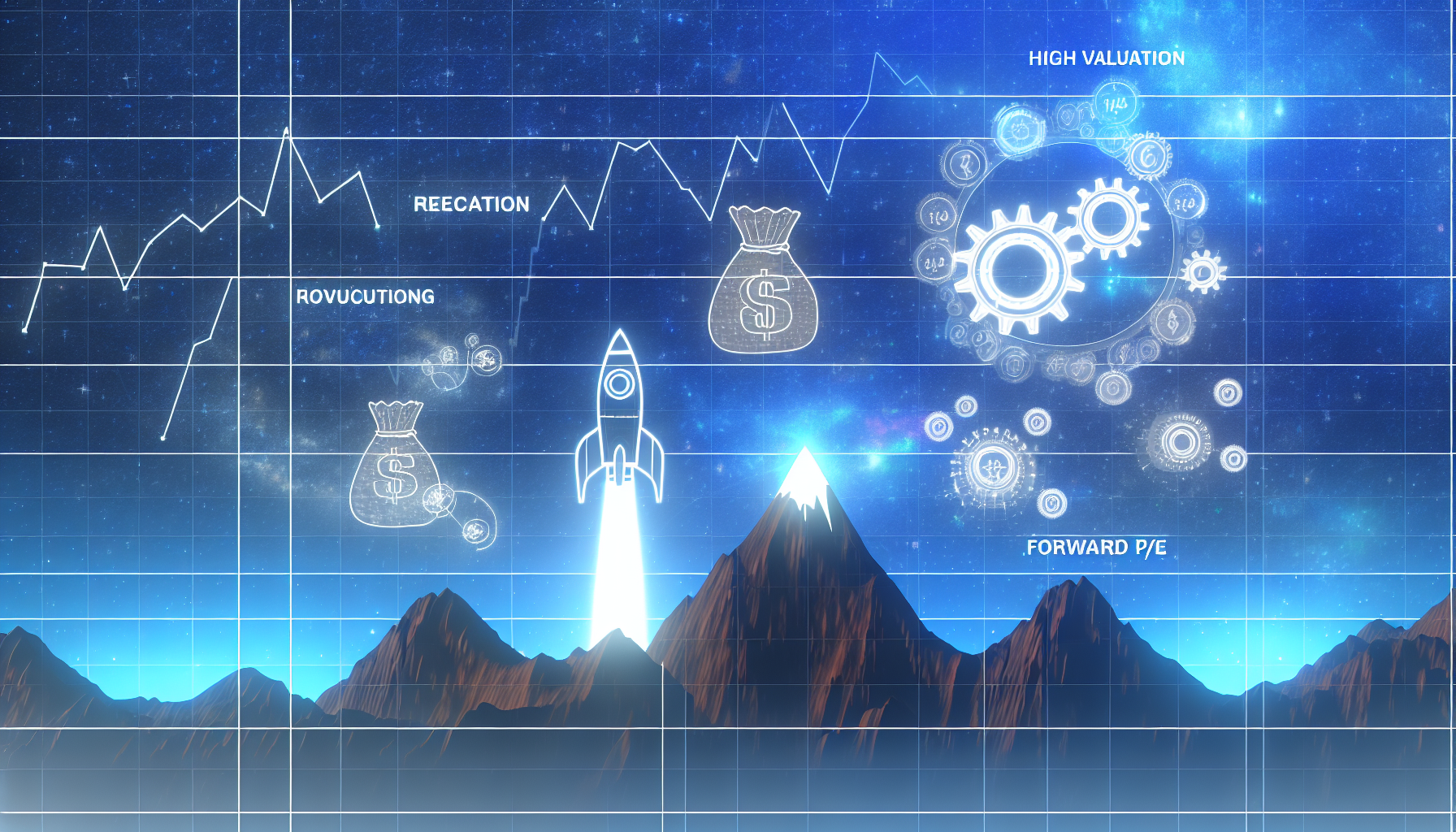It’s bad out there: extreme heat is rewriting risk baselines across regions central to global trade, agriculture, and public health. On September 4, 2025, attribution scientists reported that the weather pattern driving Iberia’s catastrophic wildfires is now 40 times more likely than in the pre‑industrial era. [1] North America, meanwhile, is enduring a late‑season heat wave that sent temperatures 20–30°F above normal and matched a September record of 104°F (40°C) in Lytton, British Columbia. [3] Forecast outlooks underscore elevated odds of dangerous temperatures and fire weather in the U.S. Southwest. [4] Economic analysis adds a blunt coda: environmental degradation already imposes hundreds of billions of dollars in annual losses worldwide. [5]
Key Takeaways
– shows Iberian wildfire weather is now 40 times likelier due to human-caused warming, shifting from once in 500 years to once every 15. [1] – reveals fires scorched over one million hectares and caused at least eight deaths across the Iberian Peninsula during this season’s extreme heat. [1] – demonstrates Spain and Portugal saw 500,000 hectares burned, prompting a proposed 10‑point climate plan amid warnings of worsening heat-driven fires. [2] – indicates nearly one million people in the Pacific Northwest faced highest‑level heat risk, with temperatures running 20–30°F above normal and 104°F records. [3] – suggests environmental degradation already affects 90% of people, driving $379 billion annual losses and $14 billion Amazon costs without stronger protections. [5]
A 40x shift: extreme heat is redefining Iberian wildfire odds
Attribution science has rarely delivered a clearer signal. The World Weather Attribution analysis concludes the specific weather conditions that supercharged Iberia’s wildfires this season are now 40 times more likely because of human‑caused climate change, transforming a roughly once‑in‑500‑years event into an expectation roughly every 15 years. [1] That shift is the statistical definition of a new climate baseline, where tail‑risk events migrate toward the mean and preparedness, not surprise, must be the default. [1]
Impacts have been vast on the ground. Reuters reports the fires burned over one million hectares across the peninsula and caused at least eight deaths, a scale consistent with record‑setting fire seasons seen across Mediterranean Europe in recent years. [1] For responders and local economies, million‑hectare burn totals mean prolonged evacuations, infrastructure hits, and months of degraded air quality that ripple through tourism, agriculture, and insurance markets. [1]
Other tallies underscore the breadth of the emergency. The Guardian cites 500,000 hectares scorched in Spain and Portugal, while reporting that governments are circulating a 10‑point climate plan amid warnings that heat‑driven fire behavior will worsen without rapid fossil fuel reductions. [2] Discrepancies in burned‑area figures often reflect differences in measurement windows and national versus regional accounting, but both datasets point in the same direction: unusually large, fast‑moving fires aligned with persistent heat. [2]
Statistically, a 40x increase in event likelihood translates to a profound rise in expected exposure for communities, utilities, and land managers. In practical terms, safeguards designed for a 500‑year return period are no longer sufficient for a world where similar conditions appear on a roughly decadal timetable. That is why study authors paired their findings with calls for urgent emissions cuts; reducing greenhouse gases is the only lever that can bend the probability curve down. [1]
North American heat metrics show compounding extremes
The Pacific Northwest and southwestern Canada entered September blanketed by an unusually intense heat dome. The Washington Post reported that nearly one million people were placed under the highest‑level heat risk as temperatures surged 20–30°F above normal. [3] In British Columbia, Lytton matched a September record at 104°F (40°C), a level of heat that can overwhelm cooling infrastructure and strain grids unaccustomed to such extremes so late in the season. [3]
Heat rarely travels alone. Officials warned that the hot, dry conditions could accelerate wildfires and aggravate air quality as smoke spread across downwind communities. [3] These compounding hazards—heat stress, fire weather, and particulate pollution—amplify hospital admissions, disrupt outdoor work, and reduce visibility for transportation, creating a broader economic drag beyond the immediate fire perimeter. [3]
Climatologically, 20–30°F anomalies underscore how far a warm‑season ridge can push beyond historical norms as background temperatures rise. While daily records grab headlines, the public‑health signal comes from prolonged nighttime heat that limits recovery; paired with smoke, such conditions elevate risk for older adults, children, outdoor laborers, and people with cardiopulmonary disease. As agencies issue heat and smoke advisories, the through‑line remains the same: preparation must align with the evolving data. [3]
Forecast probabilities: NOAA flags extreme heat exceeding 60%
Probabilistic guidance from the NOAA Climate Prediction Center showed a concentrated bull’s‑eye over the central and southwestern U.S. this summer. In key outlooks issued July 31, forecasters highlighted a high risk of extreme heat with probabilities exceeding 60% in the Sonoran Desert around August 8, with localized readings potentially near 120°F. [4] For heat‑risk managers, those are not edge‑case numbers; they are high‑confidence signals to pre‑stage cooling centers, hydrate work crews, and adjust grid dispatch. [4]
The same CPC briefing delineated a broader moderate‑risk swath—40% to 60%—across much of the southern tier for August 8–10, reflecting a larger zone with meaningful odds of dangerous heat. [4] The expected impacts were clear: heat stress and illness, drought intensification, and elevated fire danger, outcomes that manifest in emergency room visits, deepening water deficits, and expanded resource orders for firefighters. [4]
These forecasts do not operate in a vacuum; they are increasingly validated by observed conditions like the Pacific Northwest’s September spike and Iberia’s mid‑summer extremes. When the baseline warms, forecast probabilities translate into higher absolute temperatures, longer duration events, and greater overlap with fire season. For decision‑makers, that means treating a 40–60% heat‑risk contour as a call to action rather than a curiosity on a map. [4]
The economic ledger: pollution and heat carry billion‑dollar costs
If the physical science defines the hazard, the balance sheet captures the stakes. The World Bank warns that environmental degradation now affects 90% of the global population, with degraded landscapes alone imposing $379 billion in annual losses—roughly 8% of global agricultural output. [5] In the Amazon, deforestation’s direct economic cost is estimated at $14 billion per year, underscoring how ecosystem deterioration undermines livelihoods and national accounts. [5]
Extreme heat is both a driver and a multiplier of these losses. By intensifying drought, worsening fire weather, and degrading air quality, heat amplifies the very pressures that the World Bank identifies as economically damaging, from crop yield declines to health‑care burdens. While the Iberian fires’ direct losses are still being tallied, the mechanism is well understood: more heat fuels larger fires, which in turn create smoke, disrupt logistics, and erode productivity across sectors. [5]
The policy implication is straightforward. Climate and development cannot be siloed; the same investments that reduce greenhouse gas emissions also protect vulnerable communities from the most punishing costs of heat and pollution. As attribution science tightens the causal chain from emissions to damages, cost‑benefit math increasingly favors rapid action—because the avoided losses show up not just in ecology reports but in hospital budgets and food price indices. [5]
What the data signals for the next 90 days
The statistics point to a durable risk regime. A 40x boost in the likelihood of Iberian‑style fire weather means communities across southern Europe must budget and plan for decadal‑scale recurrences, not half‑millennial anomalies. [1] In North America, the recent 20–30°F anomalies and population‑scale heat advisories show that late‑season spikes can arrive quickly and overlap with active fire seasons, complicating suppression and evacuation logistics. [3]
Mitigation and adaptation levers are visible in plain sight. Attribution scientists are calling for urgent emissions cuts to reduce the frequency and intensity of heat‑driven extremes, a step aligned with the physics of risk reduction. [1] In Iberia, a proposed 10‑point plan indicates governments are moving to operationalize lessons from this season’s fires, a sign that climate governance is shifting from target‑setting to tactical execution. [2]
Forecast‑informed preparedness can narrow impact gaps. NOAA’s high‑confidence heat probabilities offer lead time to pre‑position cooling resources, coordinate public messaging, and lower ignition risk through targeted restrictions during critical windows. [4] As the Pacific Northwest episode shows, coupling heat alerts with smoke and fire outlooks is essential for protecting vulnerable populations during multi‑hazard days when air quality and temperature both breach health thresholds. [3]
The broader economic context suggests the cost of inaction remains higher than the price of prevention. With environmental degradation already affecting nine in ten people and annual losses measured in the hundreds of billions, investments in heat‑resilient infrastructure, forest management, and clean energy carry quantifiable returns. [5] The data do not just narrate a bad summer; they illuminate a tractable problem whose probabilities and impacts can be bent with policy, planning, and science‑driven intervention. [5]
Sources: [1] Reuters – Weather that drove Iberian wildfires is 40 times more likely due to climate change, report says: www.reuters.com/sustainability/climate-energy/weather-that-drove-iberian-wildfires-is-40-times-more-likely-due-climate-change-2025-09-04/” target=”_blank” rel=”nofollow noopener noreferrer”>https://www.reuters.com/sustainability/climate-energy/weather-that-drove-iberian-wildfires-is-40-times-more-likely-due-climate-change-2025-09-04/ [2] The Guardian – Spain and Portugal wildfire weather made 40 times more likely by climate crisis, study finds: www.theguardian.com/environment/2025/sep/04/spain-portugal-wildfire-weather-climate-crisis-study” target=”_blank” rel=”nofollow noopener noreferrer”>https://www.theguardian.com/environment/2025/sep/04/spain-portugal-wildfire-weather-climate-crisis-study [3] The Washington Post – Intense heat wave hits the Pacific Northwest and southwestern Canada: www.washingtonpost.com/weather/2025/09/02/record-heat-wave-pacific-northwest-canada-fires/” target=”_blank” rel=”nofollow noopener noreferrer”>https://www.washingtonpost.com/weather/2025/09/02/record-heat-wave-pacific-northwest-canada-fires/ [4] NOAA Climate Prediction Center – Key Messages from the NOAA Climate Prediction Center: www.cpc.ncep.noaa.gov/cpc_key_messages/CPC-Key-Message-1.html” target=”_blank” rel=”nofollow noopener noreferrer”>https://www.cpc.ncep.noaa.gov/cpc_key_messages/CPC-Key-Message-1.html [5] Reuters – World Bank urges fresh push on economic threat of pollution: www.reuters.com/sustainability/climate-energy/world-bank-urges-fresh-push-economic-threat-pollution-2025-09-01/” target=”_blank” rel=”nofollow noopener noreferrer”>https://www.reuters.com/sustainability/climate-energy/world-bank-urges-fresh-push-economic-threat-pollution-2025-09-01/
Image generated by DALL-E 3










Leave a Reply